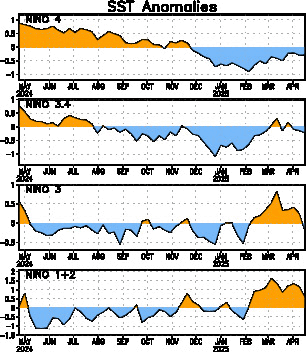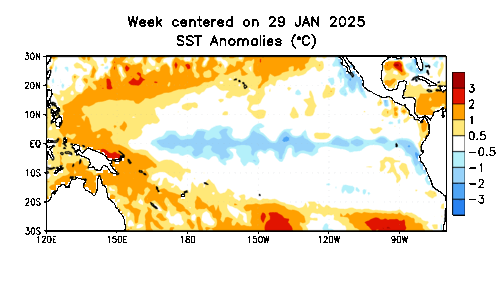HURRICANELONNY wrote:You don't need a computer model to tell were in or heading in an El Nino. Now the question is how strong. As fast as it came on. I'm saying moderate to possibly strong.
Agree with you about the strenght.
Moderator: S2k Moderators
HURRICANELONNY wrote:You don't need a computer model to tell were in or heading in an El Nino. Now the question is how strong. As fast as it came on. I'm saying moderate to possibly strong.

Code: Select all
Apart from 2004 give me another example of a very active El Niño year2004 was different because it had a very high heat content which did make a big difference, something we most certainly don't have this season.

HURRICANELONNY wrote:You don't need a computer model to tell were in or heading in an El Nino. Now the question is how strong. As fast as it came on. I'm saying moderate to possibly strong.


StormClouds63 wrote:tolakram:
Anyway, I'm pretty sure Isidore and Lili were after September 21, 2002. Southwest Louisiana received only a glancing blow from Isidore, but Lili made landfall around October 3/4 east of Lake Charles.

tolakram wrote:Code: Select all
Apart from 2004 give me another example of a very active El Niño year
Very active?
tolakram wrote:2004 was different because it had a very high heat content which did make a big difference, something we most certainly don't have this season.

HURRICANELONNY wrote:Saying that you don;t need a computer model to see that El Nino is forming is really not emotional. A couple of months ago. Alot of I think dynamical models said neutral for the rest of the year. Alot of models that are being initialized now are calling for El Nino. Kind of obvious.



Macrocane wrote:Apart from 2004 give me another example of a very active El Niño year... I think they are isolated cases and it's not the common. Take a look at 1997, 2002, 2006 those were El Niño years and we saw reduced overall numbers or weaker storms. I agree that we don't have to let down our guard during this season, but we don't have to expext another 2004 year either.
Just my two cents.

Code: Select all
8-Jun-2009 1013.10 1012.15 -2.39
9-Jun-2009 1012.44 1013.85 -18.98
10-Jun-2009 1011.39 1015.25 -36.20
11-Jun-2009 1008.89 1014.65 -49.56
12-Jun-2009 1010.47 1014.40 -36.69
13-Jun-2009 1012.00 1013.50 -19.61
14-Jun-2009 1012.43 1012.80 -11.67
15-Jun-2009 1013.93 1011.90 5.20
16-Jun-2009 1014.44 1012.30 5.97
17-Jun-2009 1014.00 1014.10 -9.77
18-Jun-2009 1013.53 1015.15 -20.46
19-Jun-2009 1012.26 1014.35 -23.76










Users browsing this forum: No registered users and 105 guests